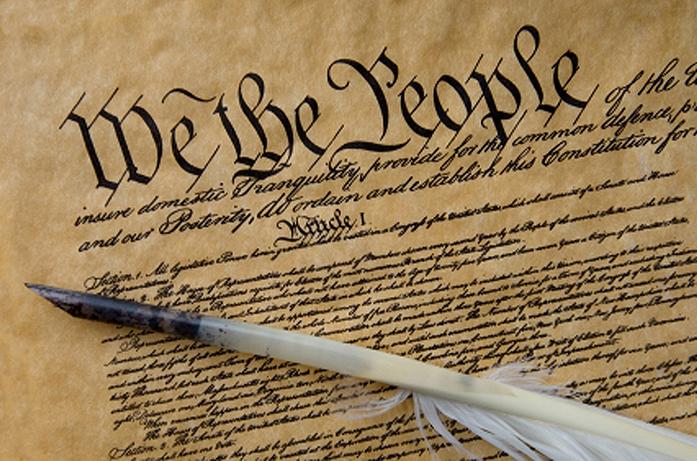Jack Dugan
[email protected]
The gallows, the guillotine, and now the electric chair are all gruesome and obsolete methods of execution, now only used as symbols of state oppression in historical fiction and Hollywood. American society prefers the needle, a quick subtle slip of the condemned inmate into a void no one living knows. However, the chair almost made a comeback in Virginia Monday.
On Sunday, Virginia Gov, Terry McAuliffe vetoed a bill that would have mandated the electric chair, both hauntingly and endearingly referred to as “Old Sparky,” as the preferred method of execution when the means of lethal injection are unavailable.
The chemicals used in the state execution of inmates have been increasingly harder and more expensive for states to acquire, because the companies that produce these chemicals have been distancing themselves from the issue of the death penalty. These companies do this because, and I’m sure everyone can agree on this one, murder is gruesome and people could assume their motives behind this distancing is probably fueled more so by maintaining an approachable public image rather than grasping for a higher morality outside of corporate gains.
The yesteryears’ methods of execution are frequently met with grimaces and winces. As each method falls to public outcry, a newer and seemingly more civilized one pops up. Yet the fact remains: No method of execution will ever be humane.
The death penalty is the apex of an institution’s over-reach. There are few absolutes I hold on to, one of which I do should seem blaringly obvious: Humanity does not have the right to kill other humans. Murder violates an individual’s fundamental right to, well, be alive. To reserve the exception to that should-be-undeniable right for a system of government is empirically oppressive. The notion of resurrecting methods such as Old Sparky to streamline and cheapen this human-right violation is not only revolting, it also works to cheapen the lives that the judicial system is unrightfully taking.
The chair, the guillotine, the gallows are all, as stated earlier, particularly disturbing when juxtaposed with lethal injection. Why? They all end human lives to some swift degree, they’ve all disproportionally affected minority populations, and they’re all tools of state intimidation.
I would argue the preference for the novel forms of execution of those past is societal bargaining. The act of execution is more digestible the better we get at it. Lethal injection provides a portrait of a docile passing into death, a narcotic ease into the afterlife, the violence and inner-turmoil of the individual minimized as effectively as possible.
But back in 2014, Americans saw careless executions in Ohio, Arizona, and Oklahoma. They lead the public eye to the realization that execution is execution, no matter what degree of discrepancy or placidity is involved. Humans implicitly fear death, and therefore humans implicitly shy away from the use of death as a state punishment.
What we’re seeing with the withdrawal of drug companies from selling chemical cocktails of execution to capital punishment states is the slow creep of societal realization (always a step behind the technology) that state execution is wrong.
McAuliffe, thankfully, vetoed a bill that would thrust Virginia back into a brutal history, and hopefully, in half a century, notions of bringing back lethal injection will be met with the same degree of public backlash.



